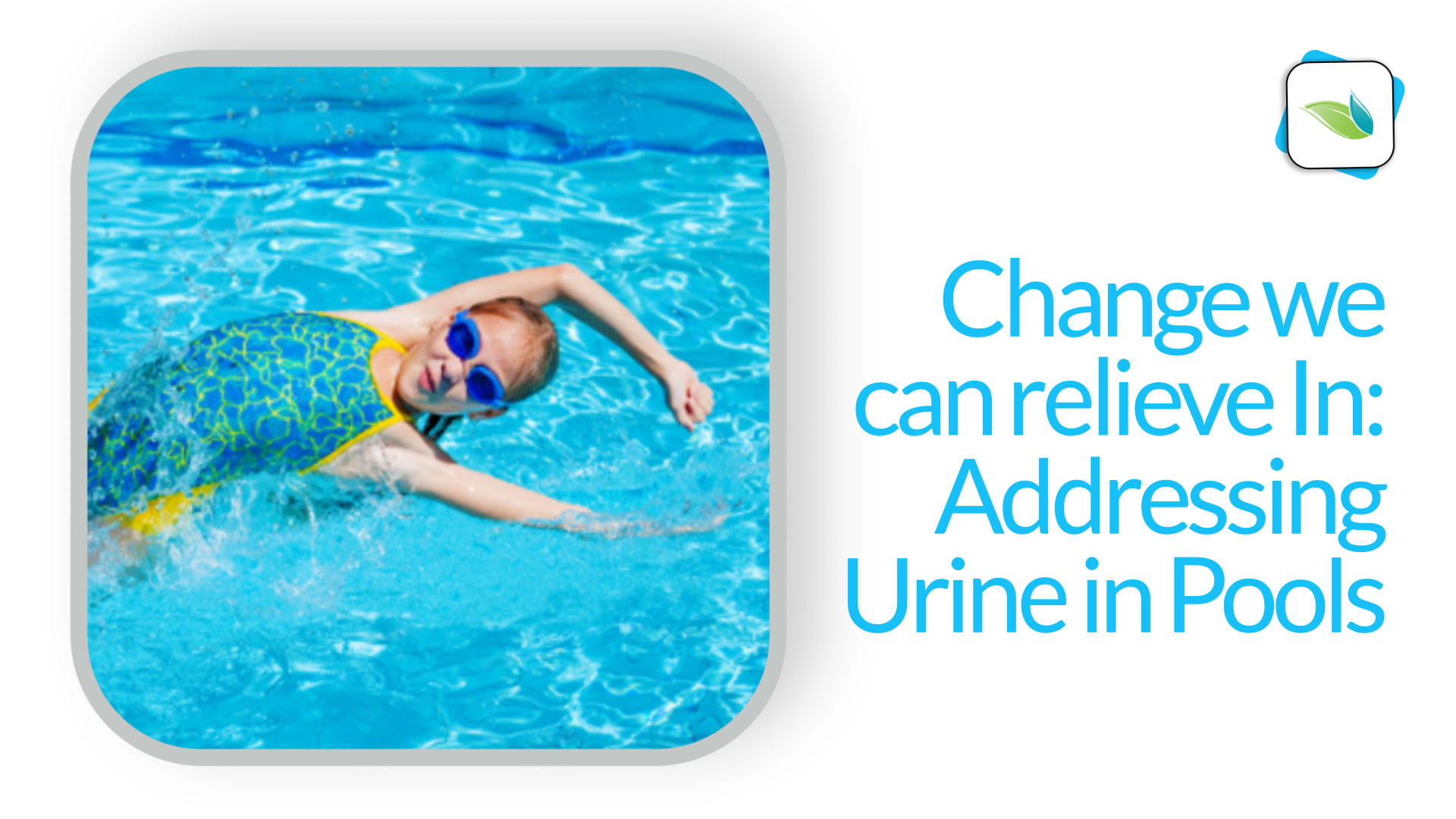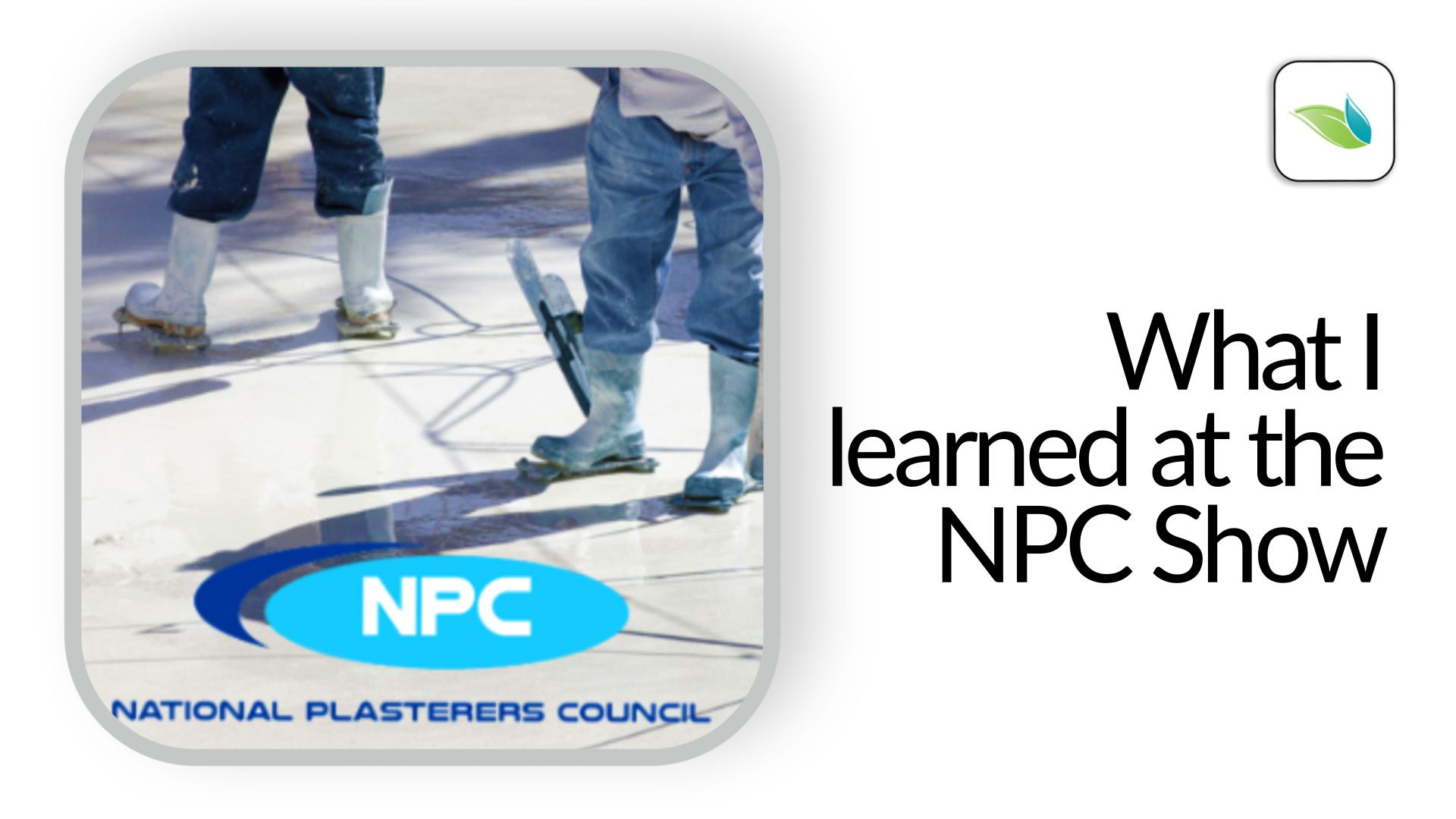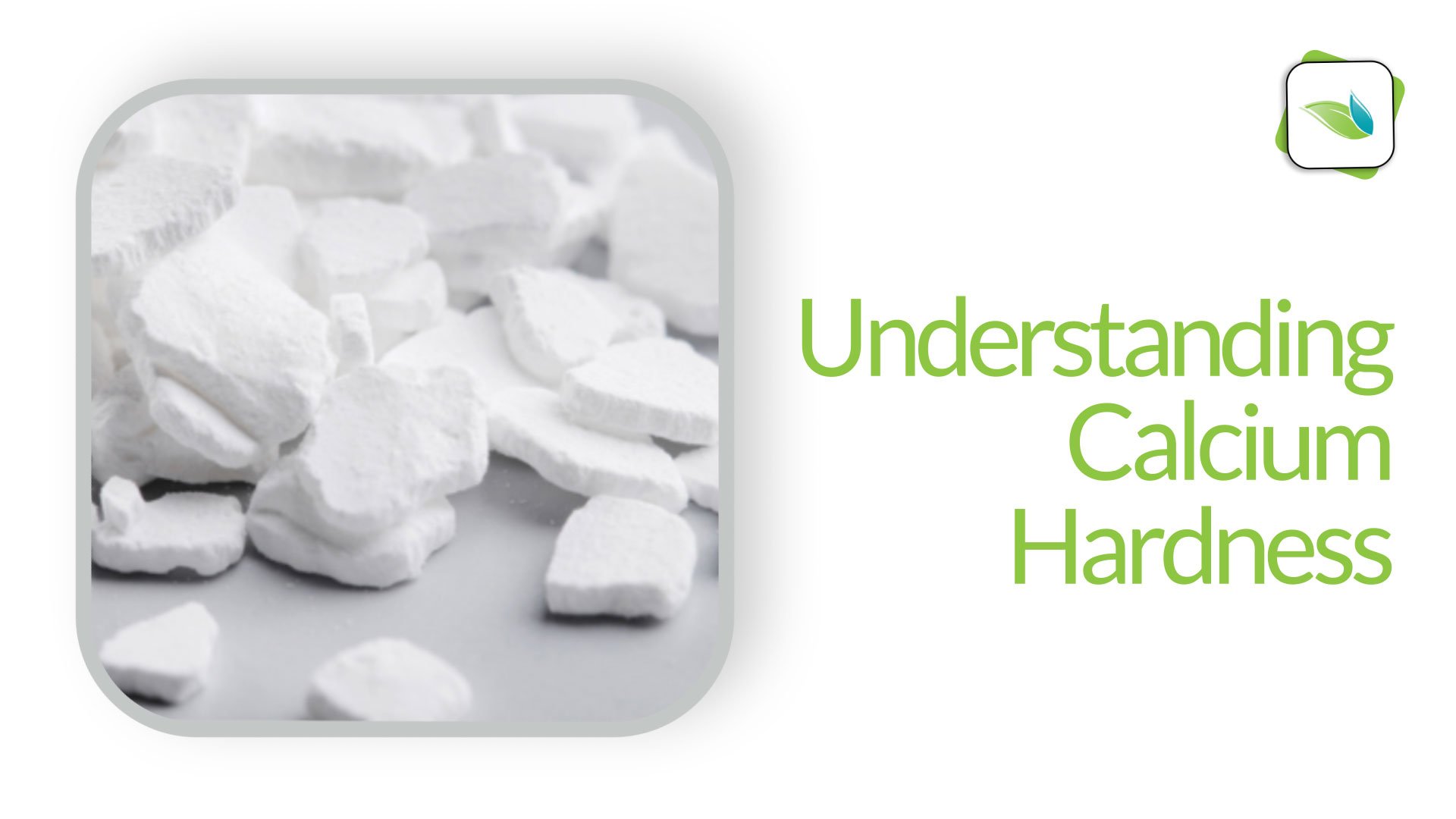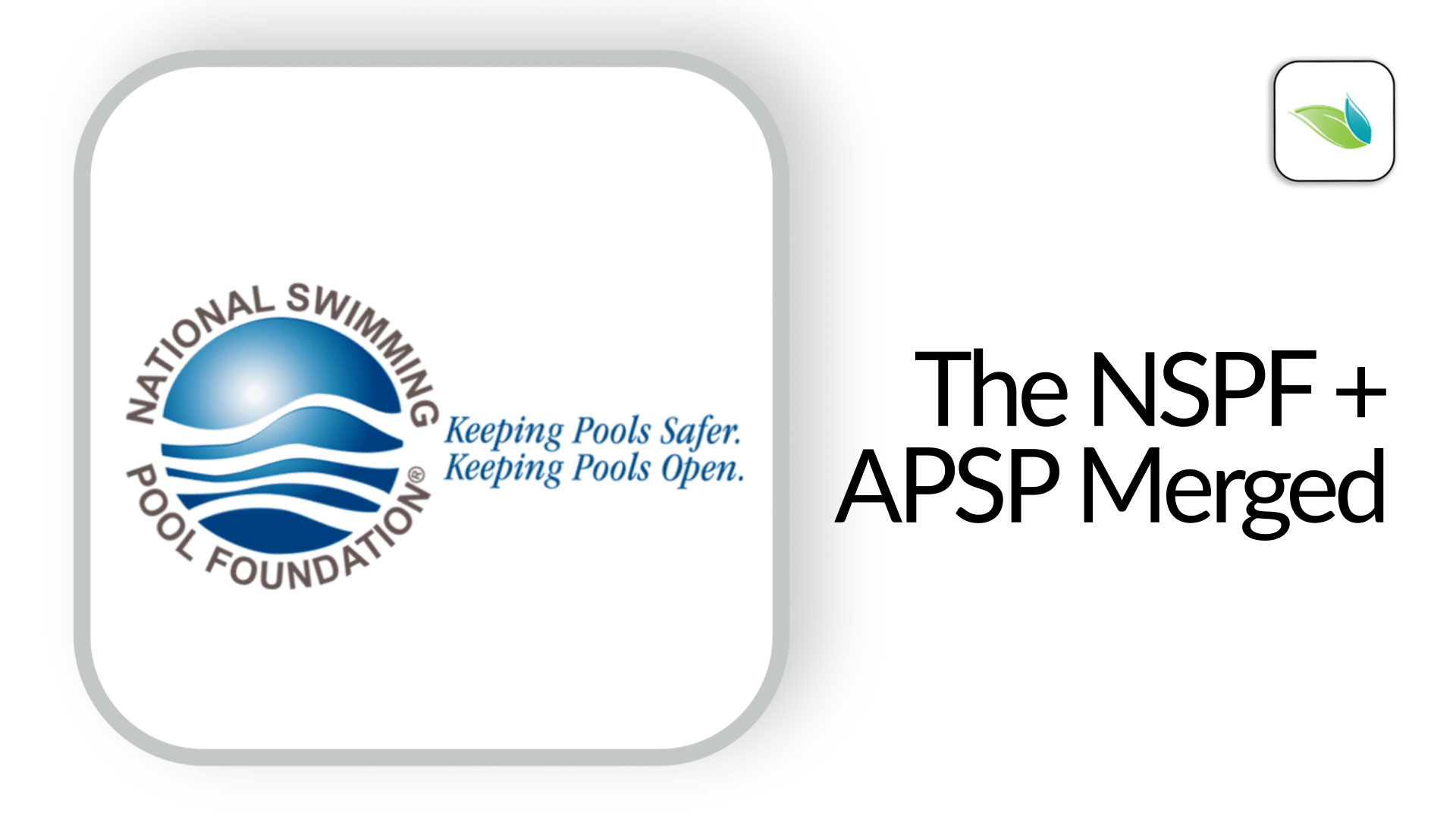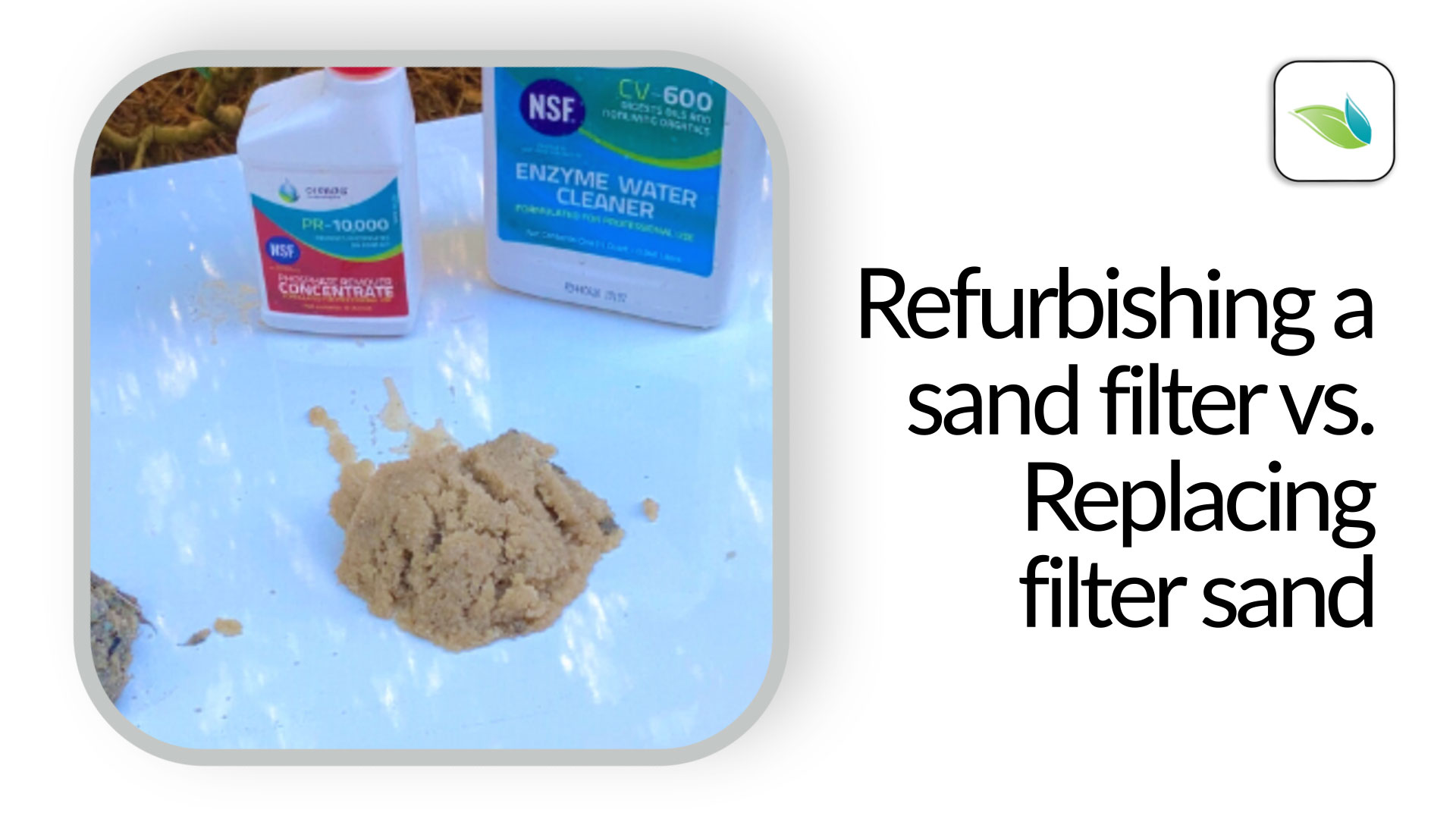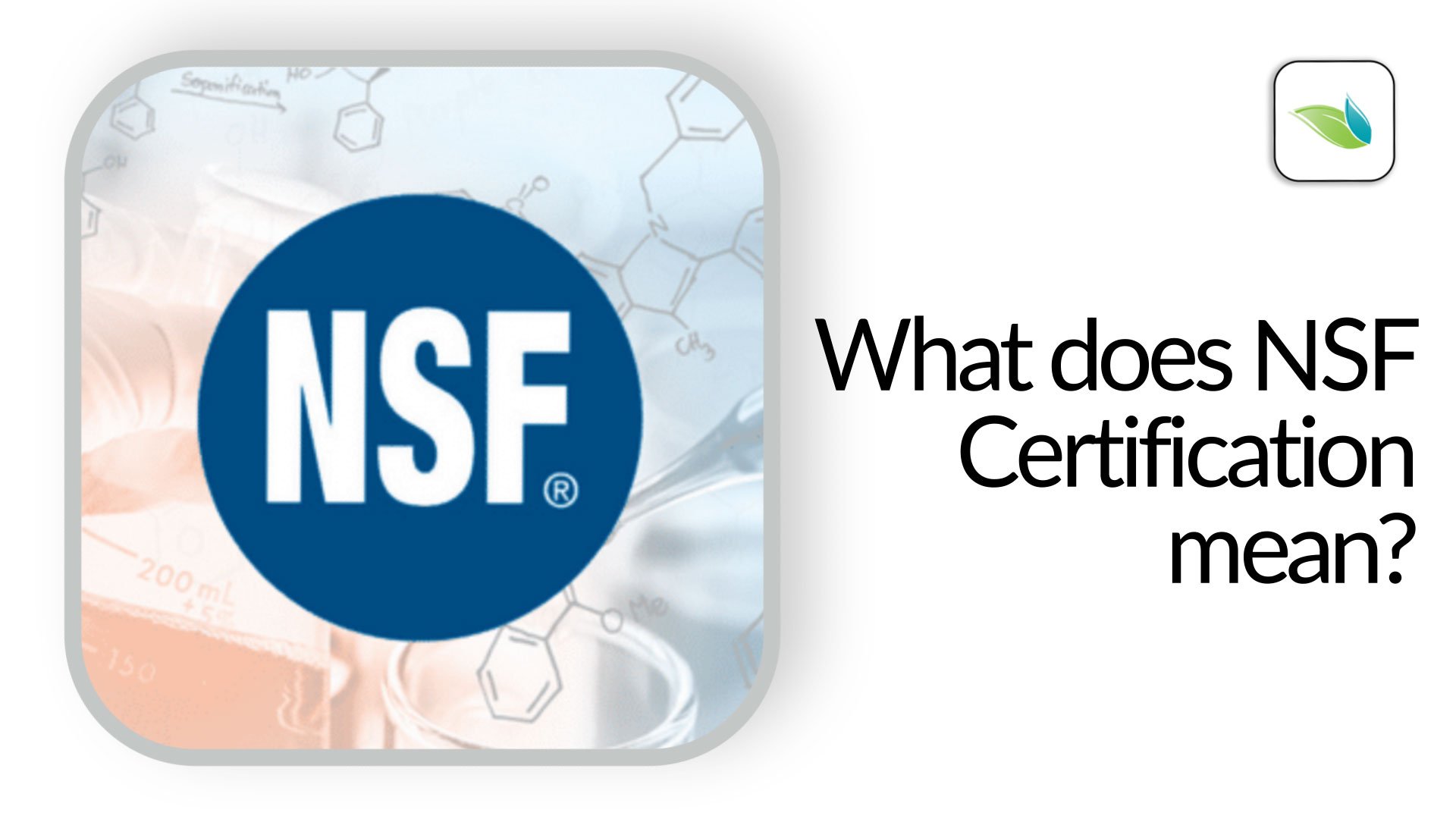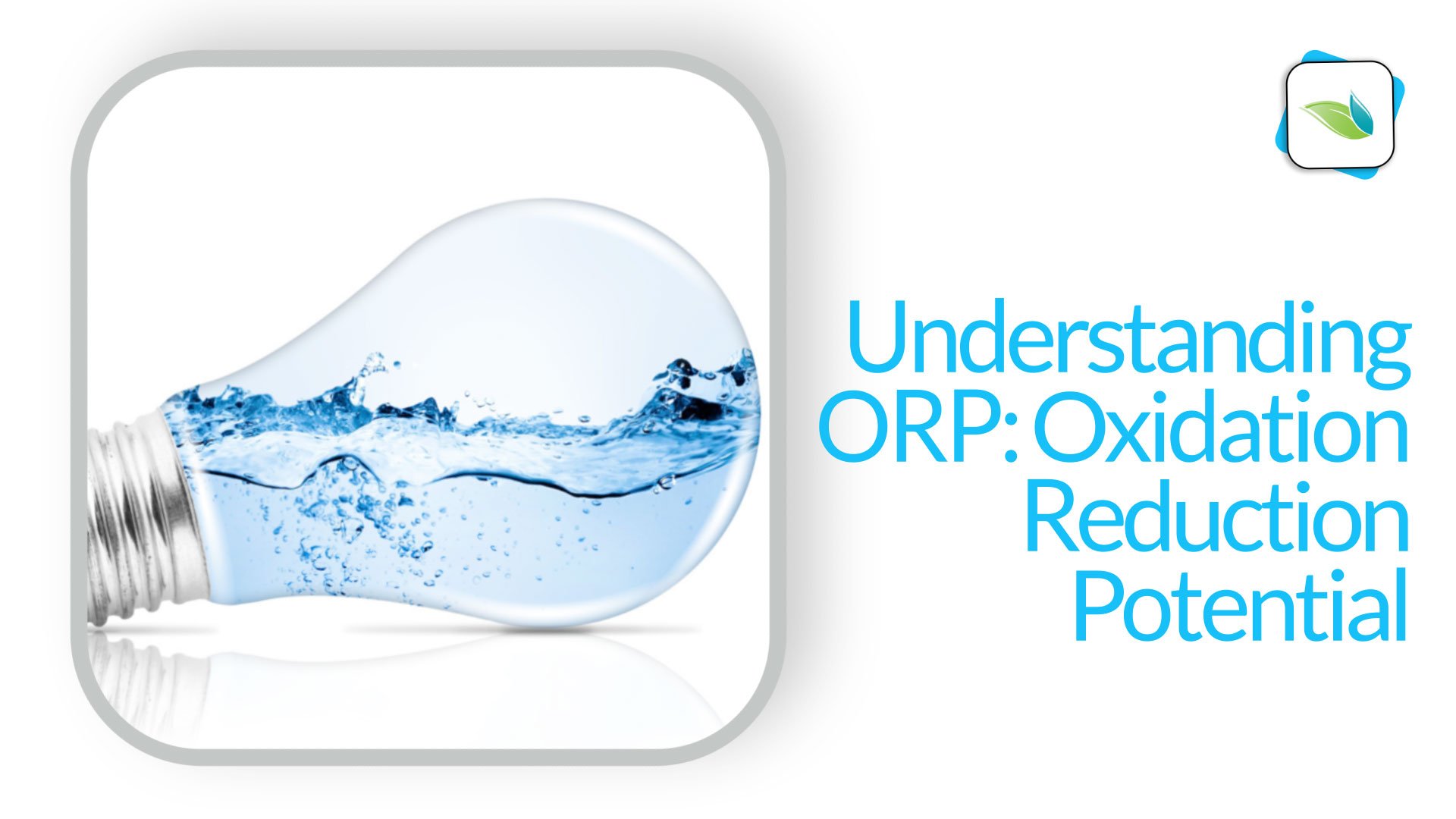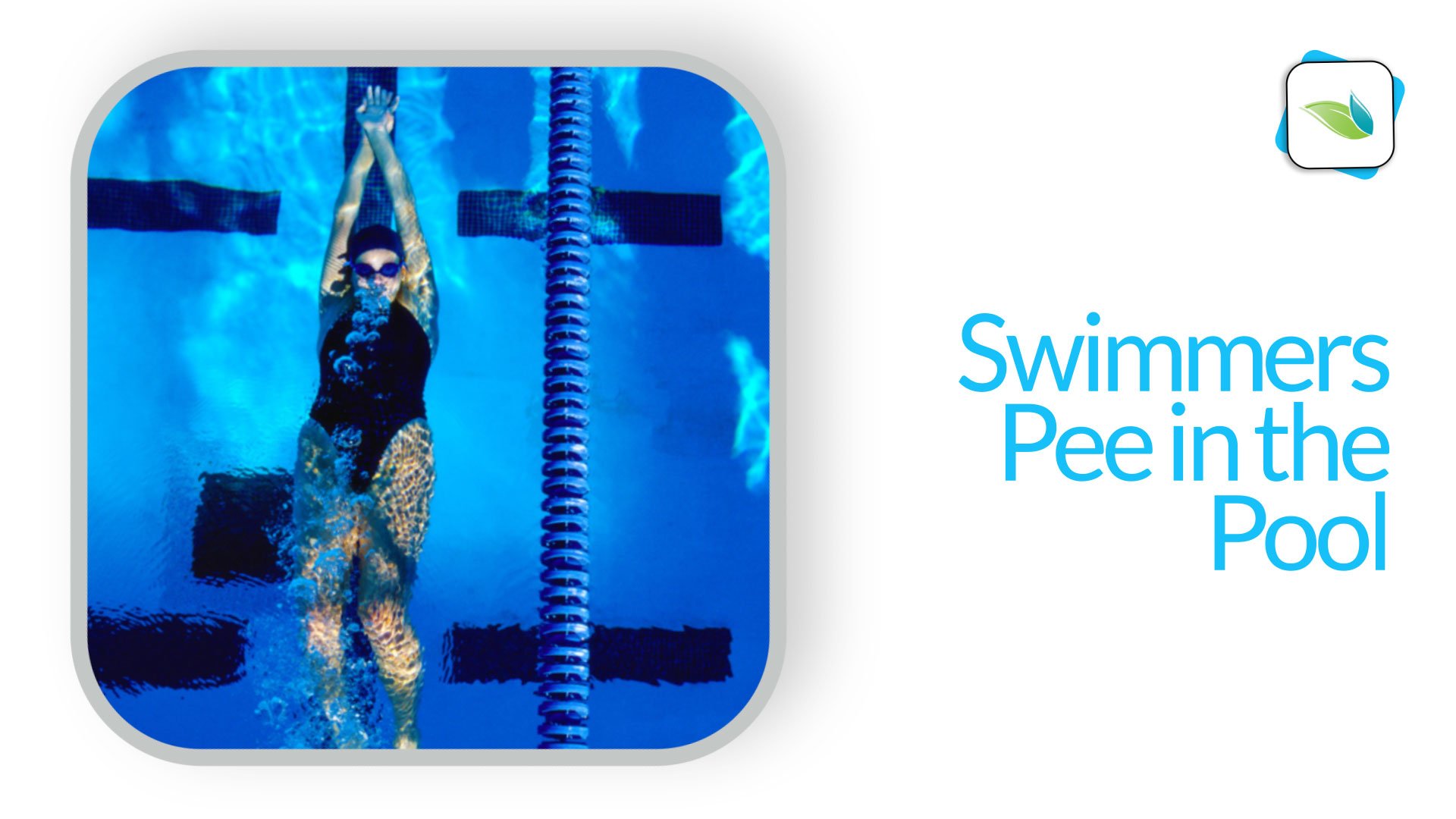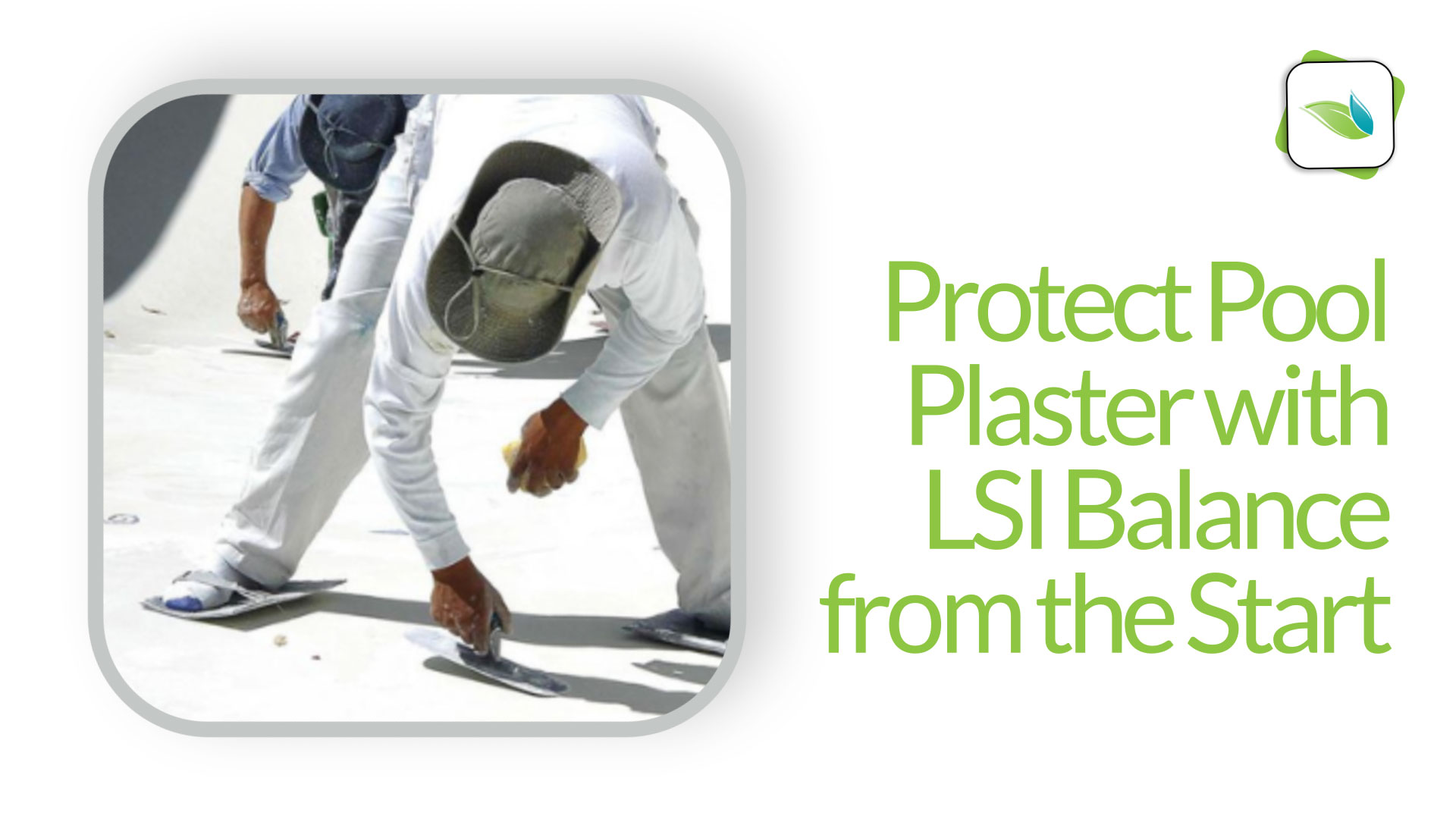What Causes Cloudy Pool Water?
Pools get cloudy for a number of reasons. This article will discuss several of them, but keep in mind you could have a combination of these factors going on. There are three distinct types of water clouding: water quality issues (green, yellow, or brown cloudiness), water balance issues (pure white or gray), and chemical conflicts (usually bubbly or films floating around on the surface).


